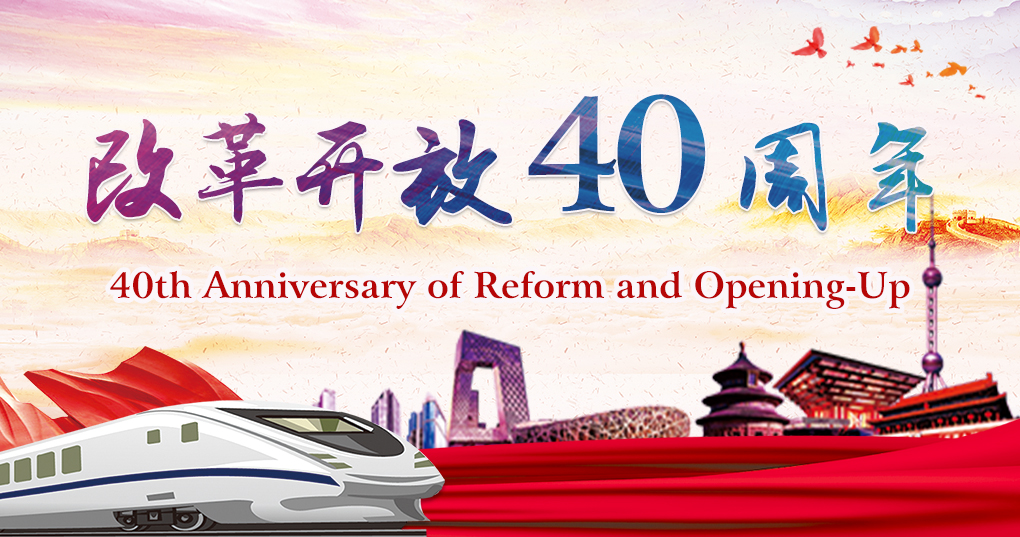Further Reform Can Help China Enjoy Optimum Reform Dividen
Over the past four decades China has maintained an average annual GDP growth rate of 9.6 percent. Economists across the world acknowledge the remarkable achievements China has made since it launched reform and opening-up.
To begin with, China capitalized on its demographic dividends thanks to its huge population and workforce, which played a leading role in making reform and opening-up a great success. From 1980 to 2010, China's working age population — people between 15 and 59 years old — grew at an average rate of 1.8 percent a year, while the growth of the dependent population, that is, people aged below and above the working age, was almost stagnant, even declining at the rate of 0.2 percent a year.
As long as the supply of labor is sufficient and the working-age population keeps growing, the cost of labor remains relatively low. A population structure marked by a high percentage of working-age people and a comparatively low percentage of dependent population is conducive to a healthy and steady economic growth rate, which China experienced until 2010.
Besides, sufficient supply of labor postpones, even prevents, a decline in capital investment, by ensuring healthy, and normally high, returns on capital. Under such circumstances, capital becomes an important contributing factor to economic growth.
And the supply of labor is also related to total factor productivity, which is decided mainly by resource relocation that is, the flow of laborers from an industry with sufficient workforce but low productivity to an industry with insufficient workforce but high productivity.
These factors, which contribute to economic growth, are to a large extent dependent on the existing population structure, which is known as population dividend. China capitalized on the population dividend for three decades thanks to reform and opening-up.
The situation, however, changed in 2010, when China's working-age population reached a peak-after which it has been experiencing negative population growth. As a result, the ratio of dependent population has increased. And these changes have had a big impact on the factors that promoted China's rapid economic growth. For instance, wages have increased due to the shortage of labor, which in turn has increased the overall production cost resulting in China's manufacturing industry losing its comparative advantage.
Furthermore, the return on capital investment has diminished, and the rate of workers migrating from rural areas to cities has slowed down.
These factors combined have slowed China's potential economic growth rate since 2012. Which means China should further deepen reform and opening-up to derive optimum benefits from economic development, which in other words means reaping the dividends of reform.
But what is reform dividend? China still is home to the largest population in the world and has huge surplus labor in rural areas. Statistics show that 27 percent of China's population is engaged in agriculture. In developed economies or high-income countries, on average only about 4 percent of the population is engaged in agriculture, which means China can transfer a large percentage of its population from primary to secondary and tertiary industries.
Therefore, China has to further deepen reform, and the measures should include hukou (household registration) reform that will facilitate the transfer of labor from rural to urban areas, which in turn will help China to capitalize on the reform dividend and increase the economic growth rate to a sustainable degree.
That is to say, it will help maintain China's relatively high growth rate, which is needed for China to build a moderately modern society by 2035 and a comprehensive modern society by 2050.
The author is vice-president of the Chinese Academy of Social Sciences.
(Source: China Daily)
Please understand that womenofchina.cn,a non-profit, information-communication website, cannot reach every writer before using articles and images. For copyright issues, please contact us by emailing: website@womenofchina.cn. The articles published and opinions expressed on this website represent the opinions of writers and are not necessarily shared by womenofchina.cn.


 京公网安备 11010102004314号
京公网安备 11010102004314号